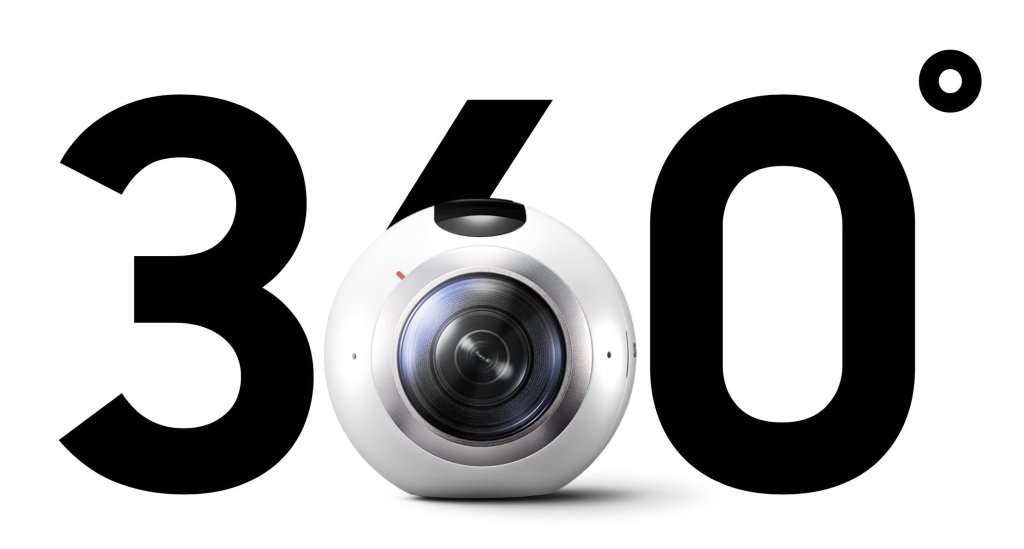Un nuovo articolo in lingua inglese, tratto dal sito web specializzato in comunicazione politica campaignsandelections.com.
As you have probably noticed on your social media streams, professional and amateur content producers have gone crazy for 360 video. Brands, vacationers and news outlets are all excited to share a new perspective on everything going on around them with their audiences in the hope of better viewer engagement.
Now, 360 video is not VR, which is already a billion-dollar business unto itself. But it shares many similarities, including total immersion for the viewer. A big difference is that VR still requires viewers to adopt new hardware, whereas we can all create and consume 360 right now (although special 360 cameras are widely available). The question for campaigns is, should they buy in? And if they do, what’s the model?
With a few exceptions most 360-video content out there isn’t very good. That’s partly because it’s being hastily produced by people who are trained in the entirely different medium of 2D film production. Moreover, campaigns have yet to grasp how to use the medium.
RedPrint along with our corporate side PWR.house and our production partners 8112 Studios have been producing VR and 360 content for a little more than 18 months. In fact, we produced a VR experience for National Geographic in Yellowstone National Park.
In the last year and a half, we’ve seen the tools of creation advance dramatically. But the most dramatic change has been in our fundamental understanding of storytelling in this new medium.
The mistake most creators, including ourselves, made initially was attempting to force traditional 2D video storytelling into 360 when tools such as focal depth, framing and perspective aren’t at your disposal.
To advance your understanding of 360, you must begin to think of the end user experience more as live theatre than a movie or campaign commercial. We’ve found success in allowing our scene actors and subjects to engage the camera as if it was a person immersed in the scene. That helps the viewer feel more connected to what he or she is watching.
In its current form, 360’s strength is allowing the viewer to be immersed in a place, time, or event experience that they would otherwise not be able to access. That means strategists need to think of it as more than simply a conduit for conveying a message.
Unlike traditional video, each 360 user’s experience is unique depending on where she or he is looking or listening to at that time. This presents many challenges for telling a story and moving your audience through a narrative. So how can this be used in politics?
- Campaigns can use 360 to show the candidate in his or her element, giving viewers a behind-closed-doors look at their world.
- They can share an experience the viewer wouldn’t otherwise see: a rally they couldn’t make it to, the opening of campaign headquarters, or a war room meeting.
- Ride along from location to location to see a more clear picture of a day in the life of the candidate.
Since the best 360 experiences transport the viewers to a location or experience they wouldn’t ordinarily be able to have it only makes sense we saw both 360 and VR at the RNC and DNC in July. Immersive protest experiences or the chance to see the perspective of a national convention from the stage are experiences that the average supporter doesn’t have access to and would likely be interested in “experiencing.”
So is it worth the money to produce 360 video? Just like all of filmmaking these days, the production and costs vary greatly. You can make 360 very cheaply, but it will always look that way.
Creating quality 360 video is expensive because you need a specialized camera system, a synching system and then many hours of editing to create a seamless viewing experience. The hardware and software is advancing quickly and getting cheaper so do your research before investing in any system or vendor.
And don’t forget about the sound. The biggest difference between a good experience and a bad experience are stitching problems and sound because, of course, sound enters our ears at different angles as we rotate in the real world. As a result, “head tracking audio” is captured using multi-channel microphones while engineers in post-production use special software.
It cannot be faked. Because if the sound doesn’t rotate as well it’s much harder for the viewer to suspend disbelief and allow themselves to become part of the experience.
As a producer, remember, you’re creating a play, not an ad. Location is more important, setup time is longer and you have to solve new problems, like where does the crew run and hide? (Places we’ve used before are inside ditches and riverbanks or behind big trees, rocks or vehicles.) So remember to bring a walkie talkie to communicate with talent.
We’re living through the infancy of the 360 format. As the cameras, post production know-how and access to the end product increases, so will the understanding of how to apply it by campaigns.
The future of advocacy storytelling undoubtedly includes 360, VR and augmented reality. As content creators, we owe it to our clients to stay on the bleeding edge of these delivery platforms.
So tighten your scripts and find an interesting place to set your cameras because 360 is a fun new sandbox with a lot of potential.
Casey Philips is the co-founder of RedPrint Strategy, a Republican media and digital consulting firm | Campaignsandelections.com
